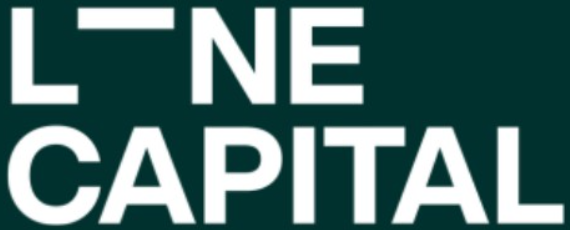Business Loan - Secured
Rate (p.a)
From 16%
Loan Amount
$10,000 to $500,000
Term
6 to 60 months
Establishment Fee
2.5% of the loan amount
No early repayment fee
Submit your application online and receive results in as little as 48 hours
Commercial Vehicle Finance
Rate (p.a)
From 8%
Loan Amount
$5,000 to $1,000,000
Term
6 to 60 months
Establishment Fee
$250 - $750
Compare Business Loans will find you the best rate from multiple lenders
Obtain a loan for truck, van, ute and car finance
Commercial asset and equipment finance
Equity release off exisitng vehicle owned outright
Business Loan - Secured
Rate (p.a)
Upon Application
Loan Amount
$5,000 to $5,000,000
Term
Up to 3 years
Establishment Fee
Outlined upon application
LoanOptions is a broker who uses leading edge AI to match potential lenders to the best financial solution
Submit loan application within 8 minutes and get instant pre-approval.
With full cooperation, LoanOptions.ai often are able to provide same day funding
Access to 20+ lenders & more
Interest Only Bridging Finance
Rate (p.a)
From 9.7%
Loan Amount
$5,000 to $1,000,000
Term
6 to 18 months
Establishment Fee
$250 - $750
Release up to 70% of your property value for business cashflow, equipment, debt consolidation and more
1st or 2nd mortgage release
Obtain loan to fund asset and equipment finance









